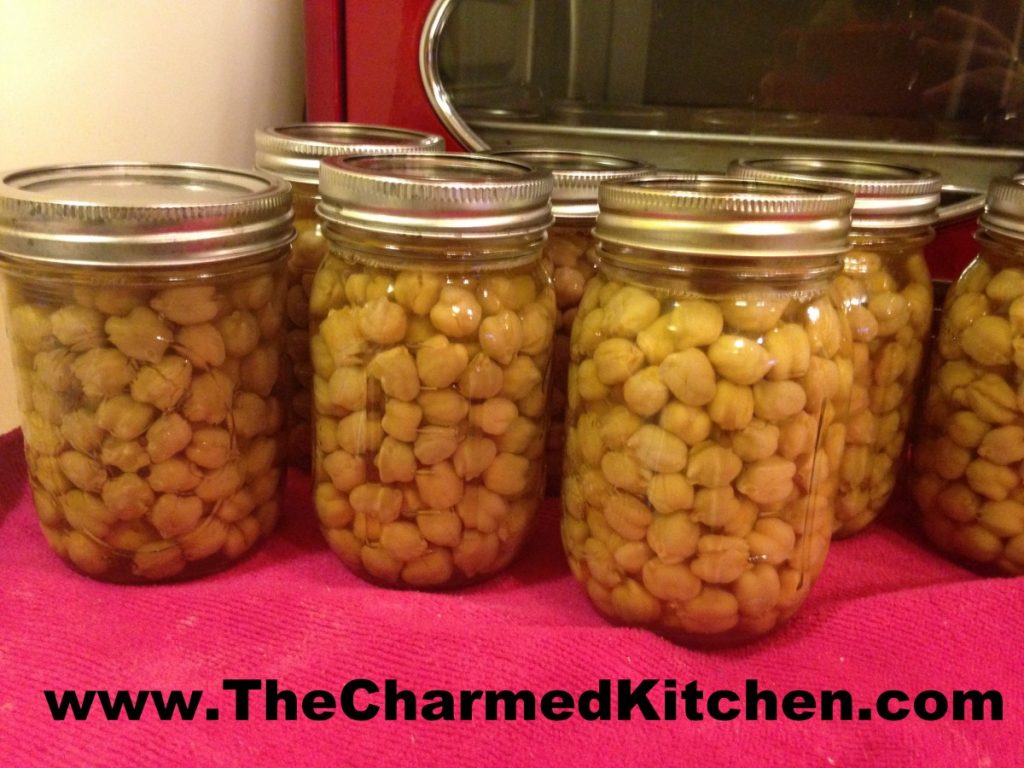Pantry Challenge-Inventory and Expiration Dates

Part of the challenge of living off of just the food you already have- is knowing what food you actually have. I think I have a pretty good idea already. I inventory my pantry every year. I also have a freezer that needs to be manually defrosted a couple of times a year. That really helps me to stay on top of what I have and what I don’t have.
Even then, I sometimes get a surprise or two. I went through my pantry yesterday to do an inventory. I am sure there was a reason I bought garbanzo bean/fava bean flour. I don’t recall it at the moment, but there it was in my cupboard. It has now been moved to the front and will be used in some dish in the near future. Or perhaps a friend who uses it will speak up and take it off my hands.
I also started keeping “like” things together in my pantry. Canned fruits and jams together, condiments and olives in another area. Baking supplies all roughly in the same area. Helps to find things, but also to keep an eye on what you have plenty of, and what you need.
Expiration Dates
When you do an inventory, be sure to look at expiration dates. Move the older food to the front of the cupboard, so it will be used first. Expiration dates on canned goods are not the indicator of whether the food is still OK to eat. It will just let you know which can of black beans is older. A lot of factors will determine if the food is still safe.
First, the expiration dates on canned goods are kind of meaningless. Canned goods last for years and years (if properly stored). Manufacturers are required to put dates on canned goods- so they do. They use dates that are well before when the food might go bad.
Second, how the cans were stored is a much bigger factor in whether the food inside is still safe to eat. Cans stored in a damp basement, or a too hot garage are not going to last as long as canned goods stored in a cool, dry place. Rust on the outside of a can is a warning sign that the can has not been properly stored or is too old. Obviously, bulging cans should be disposed of.
Third, the food may still be safe to eat, but quality goes down over time. Think of expiration dates on cans, not so much as a date for when the food is unsafe, but a time when the food may start to lose some of its flavor and color. You can safely eat the can of peaches that “expired” six months ago, but they would be a little better looking if eaten sooner.
Taking Stock
Last year I had to replace my refrigerator. I cleaned out both the fridge the freezer while waiting for my new fridge to arrive. When I was cleaning out my freezer, I found a lot of ginger root. A whole lot of ginger root. Seems about every time I would go to the Asian grocery store, I bought more. Don’t get me wrong. I love ginger and use it frequently. But this was well over a pound of ginger. I haven’t bought any ginger all year- and I have used up quite a bit of my stash.
It’s a good idea to take stock, every now and then. Do an inventory of what is in your cupboards and in the freezer and fridge. It will help to reduce food waste in the long run. Use what you can, and donate what you won’t. If some things need to get tossed, then toss them. I hate food waste, but don’t want anyone to get sick from eating food that has been around too long.
My goal, as I go on the adventure to skip the grocery store for a month (or longer?) is to learn something more about how to reduce food waste. Maybe a better way to keep on top of the foods I have. Better ways to keep produce fresh, easier ways to keep an eye on the inventory. I will also need to get creative the longer the challenge continues.
More to come. Thanks for all the feedback on social media yesterday. This is going to be a lot of fun.




